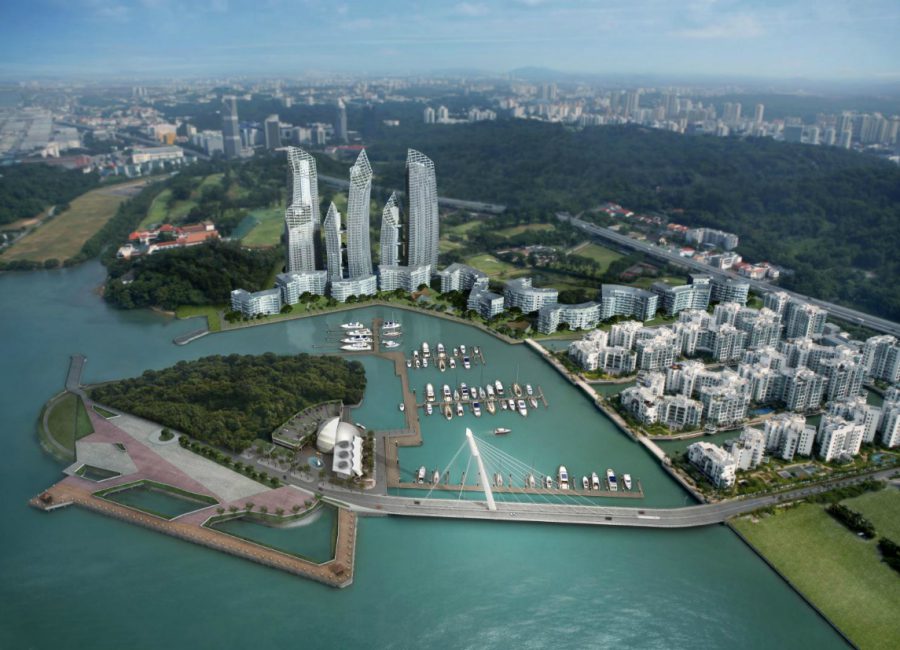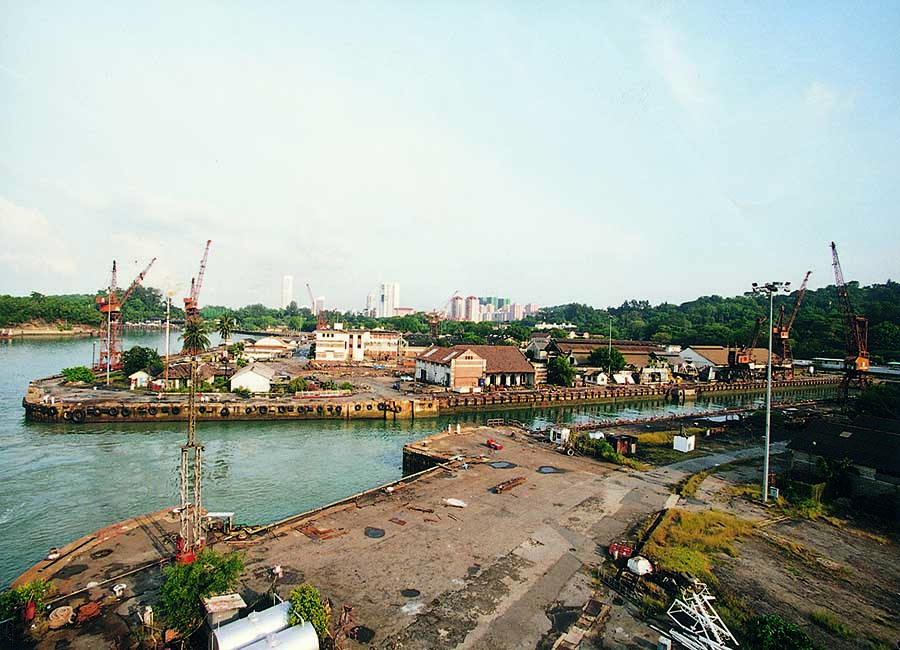OUR STORY
Keppel Bay is well-poised to transform Singapore’s southern shoreline into a world-class waterfront precinct. When fully-developed, it will comprise of more than 2,600 homes, among them is Reflections at Keppel Bay, iconic waterfront residential development designed by the world renowned architect, Daniel Libeskind and the FIABCI award-winning Caribbean at Keppel Bay. With a blend of residential, shopping, leisure, entertainment, offices and dedicated marina amenities, Keppel Bay is envisaged to be a vibrant, integrated waterfront hub for live, work and play.
Keppel Bay enjoys the rare confluence of location strengths – of being near the city yet within one of Singapore’s best-loved nature and recreation enclaves. Combining the best in waterfront and urban lifestyles, Keppel Bay redefines premier waterfront living befitting Singapore’s position as a vibrant global city.
KEPPEL HARBOUR
From as early as the 13th century, the waterway in Keppel Bay had been used as a passage for ships sailing from the Straits of Malacca to the South China Sea.
The first English references to the waterway appeared in the 17th century although their small number suggests infrequent use of it.
In September 1819, William Farquhar, whom Sir Stamford Raffles appointed as the first Resident of Singapore, reported that he discovered a ‘new harbour’ to the west of the settlement.
In 1848, Captain Henry Keppel discovered the sheltered, deep water harbour onboard the vessel, Meander. Repairs on the Meander were the first carried out in the harbour, known as New Harbour, where the Tanjong Pagar wharves would later be built. That name remained until 1900, when Keppel, then the Admiral, visited Singapore again.
To honour him, the acting Governor, Sir Alexander Swettenham, renamed the harbour Keppel.
The development of the harbour in mid-19th century in Singapore led to the prosperity of the island.

HISTORIC DOCKS
Within Keppel Bay are some of Singapore’s oldest docks.
The island’s first graving dock, Dock No 1, as it was known, was built in 1859. Eight years later, Dock No 2 was constructed,
which is today one of the water channels purposefully incorporated into the architecture of Caribbean at Keppel Bay.
Under the modernisation programme for the port in the early 1900s, the 40,000 dwt. King’s Dock, then the second largest in the world, was opened on 26 August 1913.
The 30,000 dwt Queen’s Dock was opened in 1956 and is today the water channel which lies between Caribbean at Keppel Bay and Reflections at Keppel Bay.

KEPPEL SHIPYARD
The story of Keppel parallels that of Singapore.
Port of Singapore Authority was formed as a statutory board in 1964. The Singapore Drydocks and Engineering Company was later set up in 1968 to take over the Dockyard Department of the PSA. On 23 August 1968, the name of the company was changed to Keppel Shipyard (Private) Limited.
Keppel Shipyard’s first yard in Telok Blangah occupied what is now Caribbean at Keppel Bay, Reflections at Keppel Bay and the Keppel Island across the bridge.
The shipyard operations have since relocated to Keppel’s facilities in Tuas, Jurong.
Keppel Shipyard is today part of Keppel Offshore & Marine, one of the world’s leading offshore and marine groups with a global network of 20 yards and offices.


